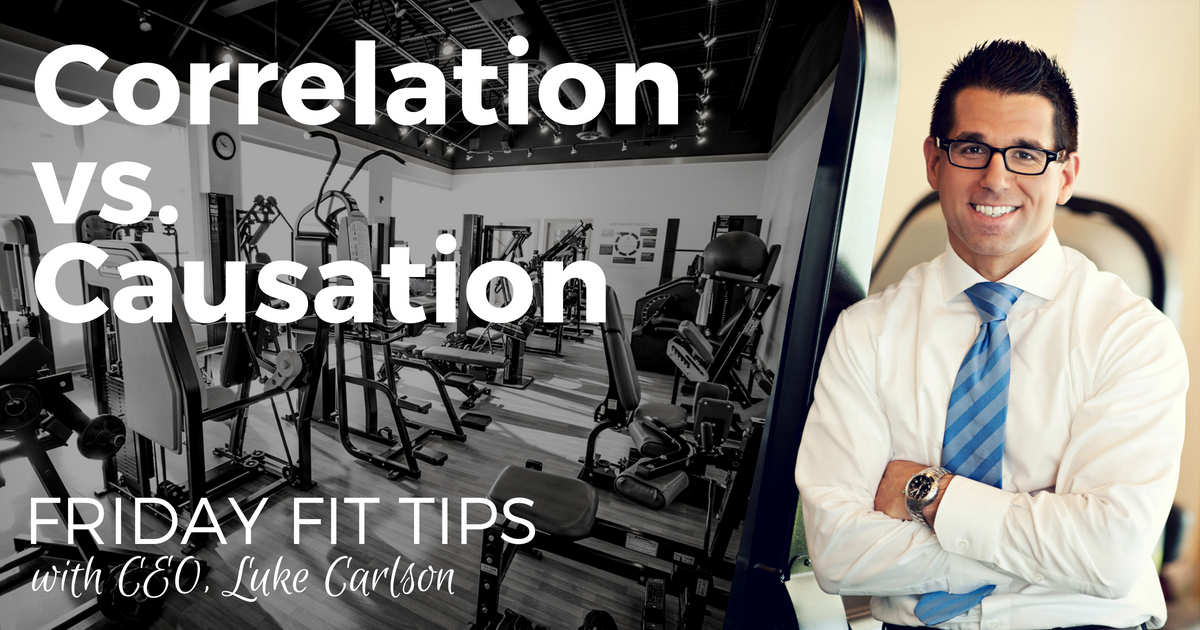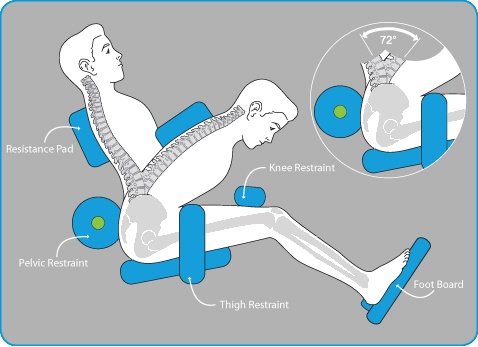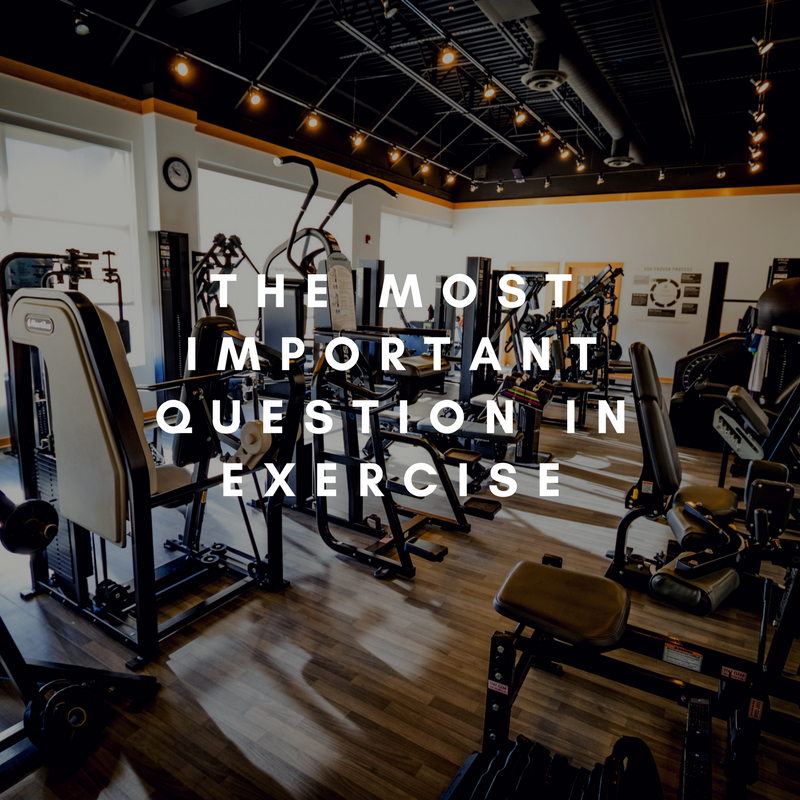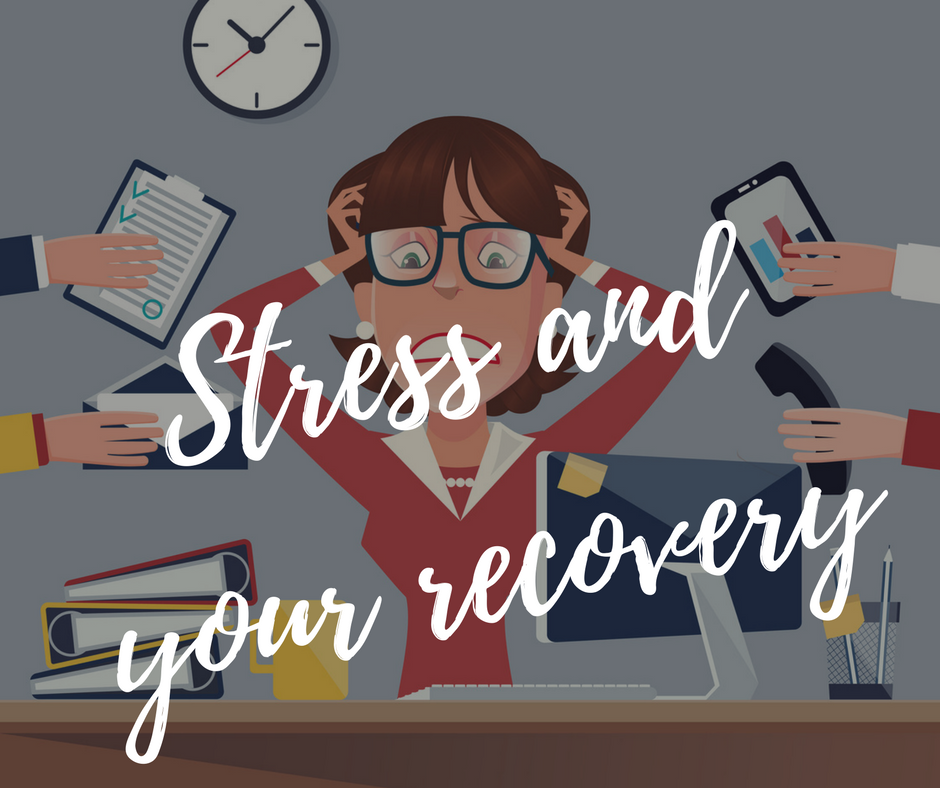Luke Carlson

Recent Posts
Fast Food & Fat Loss; Can they go hand in hand?
Improving body composition, defined as the percentage of our body weight that is comprised of muscle versus fat, is a paramount goal for the clear majority of exercisers. Two primary interventions drive body composition improvement: 1. Strength training in order to increase lean muscle tissue; and 2. Nutrition intended to lose body fat (and support increased muscle tissue). With so much misinformation and wasted effort in our pursuit of improved body composition, I thought I would share a success story that illustrates an evidence-based, albeit unpopular approach to improving body composition.
Great Workouts for the Business Traveler and some advice for making it work on the Road
Great Abs: Refocus on what works
The fitness topic that garners the most confusion and outright misinformation continues to be the quest for improved abdominal appearance. Interestingly, the effect of exercise on abdominal appearance is one of the most thoroughly studied and understood areas in all of exercise science. Alas, this is not reflected by the average fitness enthusiast’s approach to achieving six-pack abdominals (or, perhaps, less ambitiously, simply losing fat from the midsection). A survey of health clubs, gyms, home exercise DVD’s, and studio concepts around the world indicate that we are truly in the stone ages when it comes to effectively improving abdominal appearance. Let’s address an evidence based approach to improving abdominal appearance.
Correlation vs. Causation
Where to Focus During Your Workout: New Research on Mind Muscle Connection
Learning from Two Lower Back Luminaries
The Best Workouts I've Ever Had Shared these Common Factors
Strengthening the Knee: Interesting Research on a Controversial Topic
The prevailing recommendation from orthopedists, physical therapists, and exercise professionals concerning the strengthening of the muscles that surround the knee is this: “Closed chain” exercises (these include squats, leg presses, lunges, step-ups) are preferable to “open chain” exercises (these include leg extensions and leg curls) for individuals with knee pain or individuals who have undergone knee surgeries. Some practitioners have gone so far to suggest that open chain movements such as leg extensions should be avoided completely as they may contribute to knee pain. Investigators of a research study sought to answer the question: For patients with prolonged knee pain (patellofemoral pain), which form of exercise is more effective? A team of researchers from Ghent University in Belgium hypothesized that the long-term benefits of closed chain movements would be more pronounced than opened chain movements. Researchers separated individuals who had experienced long-term knee pain into two different groups: closed chain and open chain. After a 5-year follow up, researchers were surprised by the results; patients performing open-chain exercise faired either equally as well or better than the closed chain group. The researchers concluded that the prejudice toward closed chain movements is unfounded and recommend the inclusion of open chain exercises in order improve long-term pain reduction and enhanced functionality.
The Most Important Question in Exercise
I will argue that most exercisers, even the most dedicated and hardworking fitness enthusiasts fail to ask a simple question before they commence an exercise program, an individual exercise, or a general mode of exercise.
Stress and Recovery
|
For over 11 years, we at Discover Strength have gone against the conventional wisdom that "more is better" when it comes to strength training. For years, we've taught the foundational tenet: You don't get stronger and reap the benefits of strength training WHILE we strength train; instead, we reap the benefits while we are RECOVERING from strength training. Research now supports the notion that two workouts per week can optimize the myriad of benefits from strength training.
However, until recently, very little research existed examining how the various stressors in our lives impact our finite recovery ability.
Authors of a brand new research study published in the Journal of Strength and Conditioning Research provides a breakthrough in our understanding of how chronic mental stress impacts the recovery of our muscles. The researchers concluded that "life event stress" significantly impacted one's ability to recovery from strength training. The authors state, "In all analyses, higher stress was associated with worse recovery." "Stress, whether assessed as life event stress or perceived stress, moderated the recovery trajectories of muscular function and somatic sensations in a 96-hour period after strenuous resistance exercise."
The take-home messages:
|









Leave a Reply
Your email address will not be published.